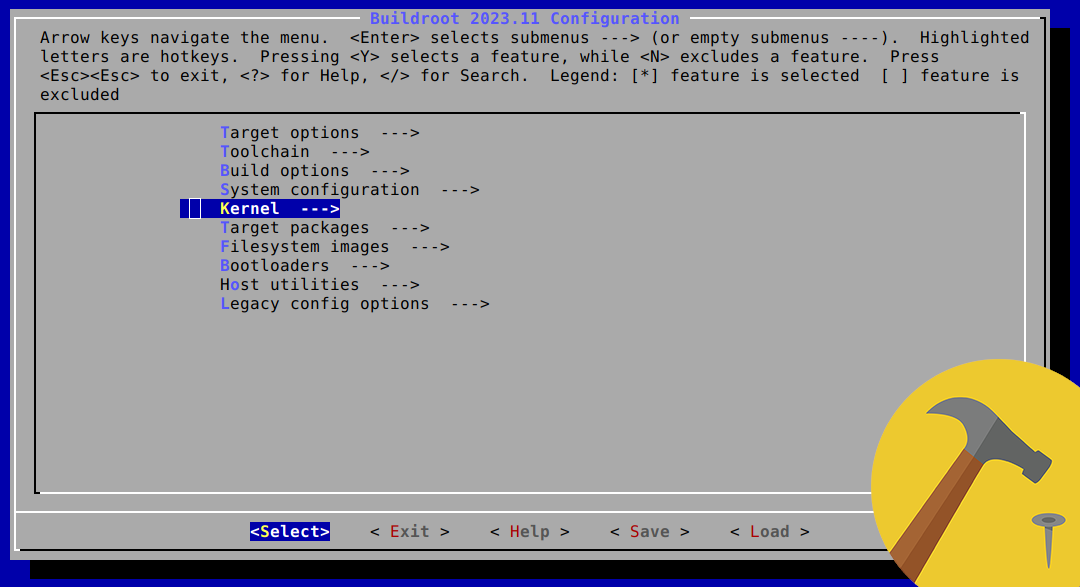Leaflet maps in Jekyll
Add great looking maps to your static Jekyll webpage.

About
Like the previous article on hiking maps, this blog post is also about a bit of code used at van42.com. It shows a map on the home page where it is possible to pinpoint all of our travel articles.
A possible approaches I consider first was the jekyll-leaflet by David J. Vitale. After a very quick start I found out that the plugin was falling short for what I was looking for and the last active development is dated back in 2020.
What I was after was, on top of adding map markers automatically from the posts loop, select a custom icon for the marker, add a link to the marker to open the post when clicked and have gesture support like in Google Maps.
Implement Leaflet.js
So, instead of relying on the plugin I first added the Leaflet.js library to the Jekyll home layout (see code snippets below).
IMPORTANT - Place both CSS anf JS parts of the library in the «head» section of the HTML file, with the CSS before the JS.
<link rel="stylesheet" href="https://unpkg.com/leaflet@1.9.2/dist/leaflet.css" integrity="sha256-sA+zWATbFveLLNqWO2gtiw3HL/lh1giY/Inf1BJ0z14=" crossorigin="" />
<script src="https://unpkg.com/leaflet@1.9.2/dist/leaflet.js" integrity="sha256-o9N1jGDZrf5tS+Ft4gbIK7mYMipq9lqpVJ91xHSyKhg=" crossorigin=""></script>
Then for the home content I’ve added the following code directly in the index.md to create the map, and to the site css file to style it.
<div id="map"></div>
<script>
var map = new L.Map("map", {
center: new L.LatLng(44.4949, 11.3426),
zoom: 2,
});
var layer = new L.StamenTileLayer("toner-lite");
map.addLayer(layer);
</script>
#map {
width: 100%;
height: 300px;
}
IMPORTANT - The map needs a fixed height for the tiles to be sized and displayed correctly. The width, on the other hand, can be variable.
Custom markers loop
The markers on the map are created using the Liquid snippet shown in the jekyll-leaflet Getting Started page
{%- for post in site.posts -%}
{% if post.location.latitude and post.location.longitude %}
L.marker([ {{post.location.latitude}}, {{post.location.longitude}} ], { title: '{{post.title}}'}).addTo(map);
{% endif %}
{% endfor %}
Marker link
Now to add an onclick behavior to open the linked post, the marker line inside the loop as to be modified as follows:
L.marker([ {{post.location.latitude}}, {{post.location.longitude}} ], { title: '{{post.title}}'}).addTo(map).on('click', function(e) { window.open('{{post.url | relative_url}}','_self'); })
In a bit convoluted way the code above adds an on-click event to the marker that will open the link in a new window (in this case current window since we specify “_self”). The url to link to is pulled in from the post and made “relative” again via Liquid
Map gestures
Gestures are added via the Leaflet.GestureHandling but currently are NOT WORKING for me.
Import the plugin just after the Leaflet library
<link rel="stylesheet" href="https://unpkg.com/leaflet-gesture-handling@1.1.8/dist/leaflet-gesture-handling.min.css">
<script src="https://unpkg.com/leaflet-gesture-handling@1.1.8/dist/leaflet-gesture-handling.js"></script>
and enable it after the map has been created:
map.gestureHandling.enable();


